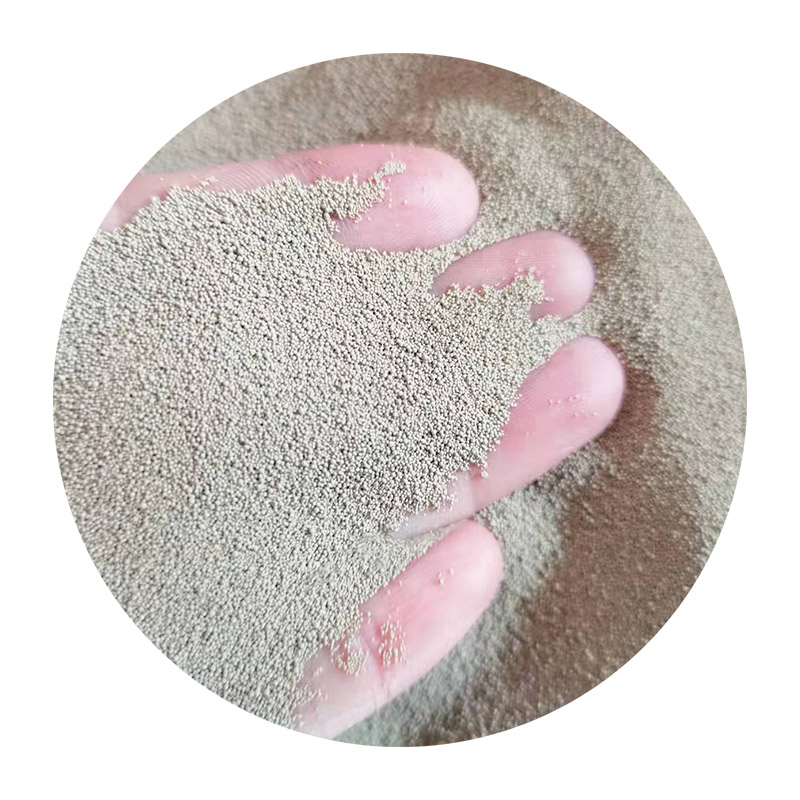

5. Gating System This is the network of channels through which molten metal travels into the mold cavity. Components of the system include the sprue, runners, and gates. A proficient metalworker designs the gating system to minimize turbulence, ensuring a smooth and even flow of metal. Proper design is essential to prevent defects such as air bubbles or oxide inclusions, and requires authoritative understanding of fluid dynamics in metallurgy. 6. Riser Risers serve as reservoirs for molten metal, compensating for shrinkage during solidification. They are crucial for ensuring that the cast remains free of cavities. Placement and size of risers require trust and a keen eye from the casting professional to balance metal economy while maintaining casting integrity. 7. Pouring Basin The basin is the initial point where molten metal is delivered. It needs to be designed to minimize metal splash and oxidation. Professionals emphasize the importance of basin shape and temperature control to facilitate a clean, efficient pour. 8. Cooling and Sand Removal After pouring, the metal cools and solidifies, a process that can vary in time based on metal type and casting thickness. Once solid, the sand is broken away revealing the rough cast object. Experts learn to manage cooling rates meticulously to prevent internal stress and cracking. 9. Finishing This involves cutting away excess metal, smoothing rough surfaces, and inspecting for defects. Experienced craftsmen see this step as crucial to the overall quality and performance of the cast product. Mastery of finishing techniques is often what sets apart mediocre castings from exceptional ones. Sand casting has stood the test of time due to its versatility and efficiency. Mastery in this domain is not only about understanding each component and step but also embracing a mindset that values precision, patience, and constant improvement. The wisdom passed down through generations of foundry professionals illuminates this craft as both science and art, continually evolving to meet modern demands. Through authoritative knowledge and practiced expertise, sand casting continues to produce the indispensable components that drive technological progress across industries. Post time:feb. . 15, 2025 07:47
Next:Ceramic sand powder
